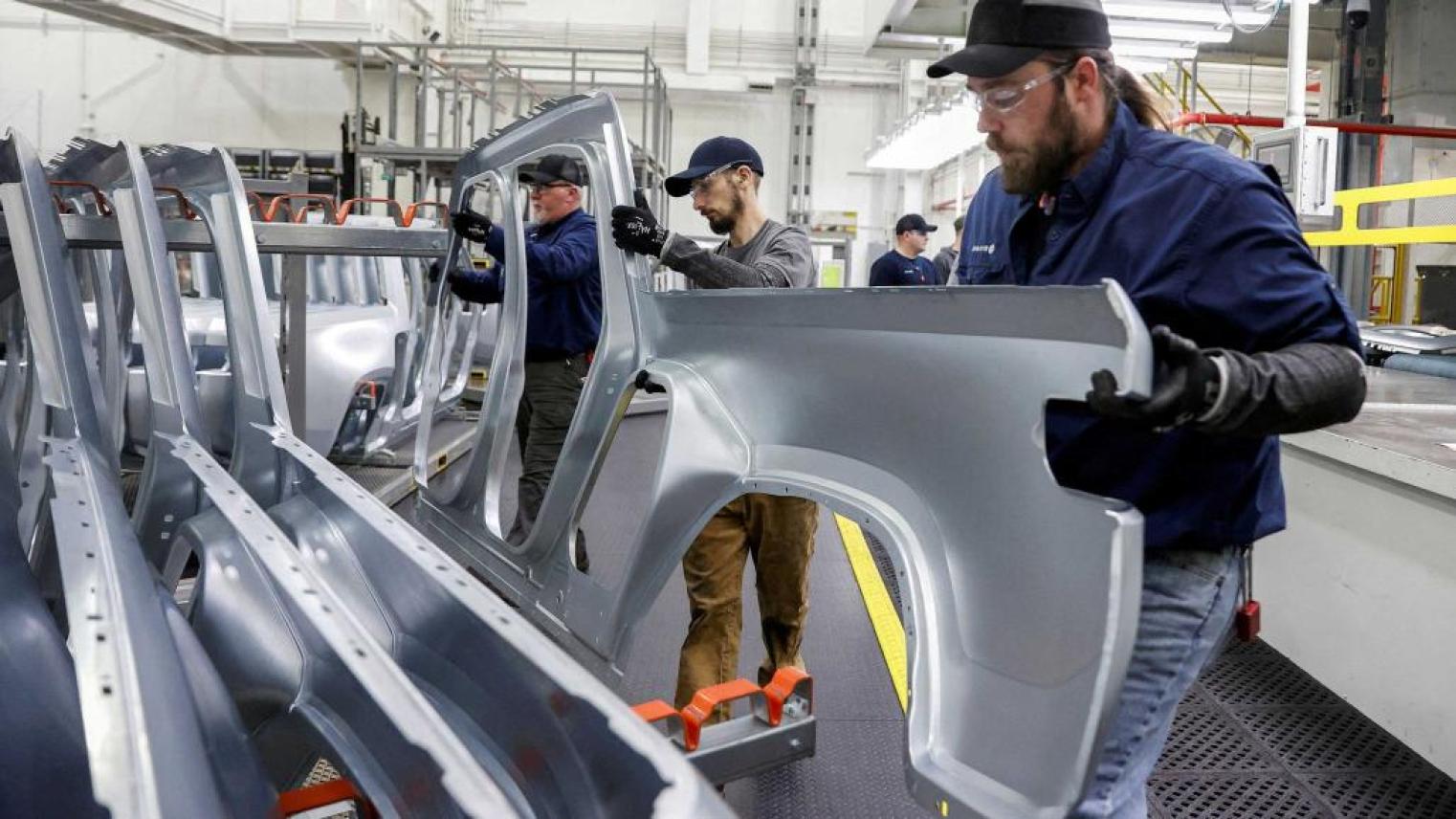Trump's tariffs damage the US economy more if they drive investors away from American assets

On April 2, President Donald Trump announced sweeping tariff increases, declaring it “the day that we began to make America wealthy again.” But markets responded with concern. US stock and bond prices dropped sharply, bond yields rose, and—unexpectedly—the US dollar fell against major currencies. These reactions signal increased investor concern and a higher risk premium on US assets.
A new PIIE Working Paper by McKibbin, Noland, and Shuetrim shows that this rise in perceived risk could significantly magnify the economic costs of Trump’s tariffs. Across five modeled scenarios, the tariffs consistently lead to slower US economic growth over the next decade and higher inflation in the near term.
The effects extend globally, with reduced real GDP in many countries. If other nations retaliate with their own tariffs, the damage to the US economy deepens. A lasting increase in the US risk premium would also drive capital flows abroad, dampening US investment and employment. Meanwhile, most other countries benefit from lower interest rates and stronger investment due to increased capital inflows—except Mexico and Canada, which also face rising investment risk.
Despite Trump’s intentions, the US manufacturing and agriculture sectors are disproportionately harmed, seeing the steepest losses in output and jobs.